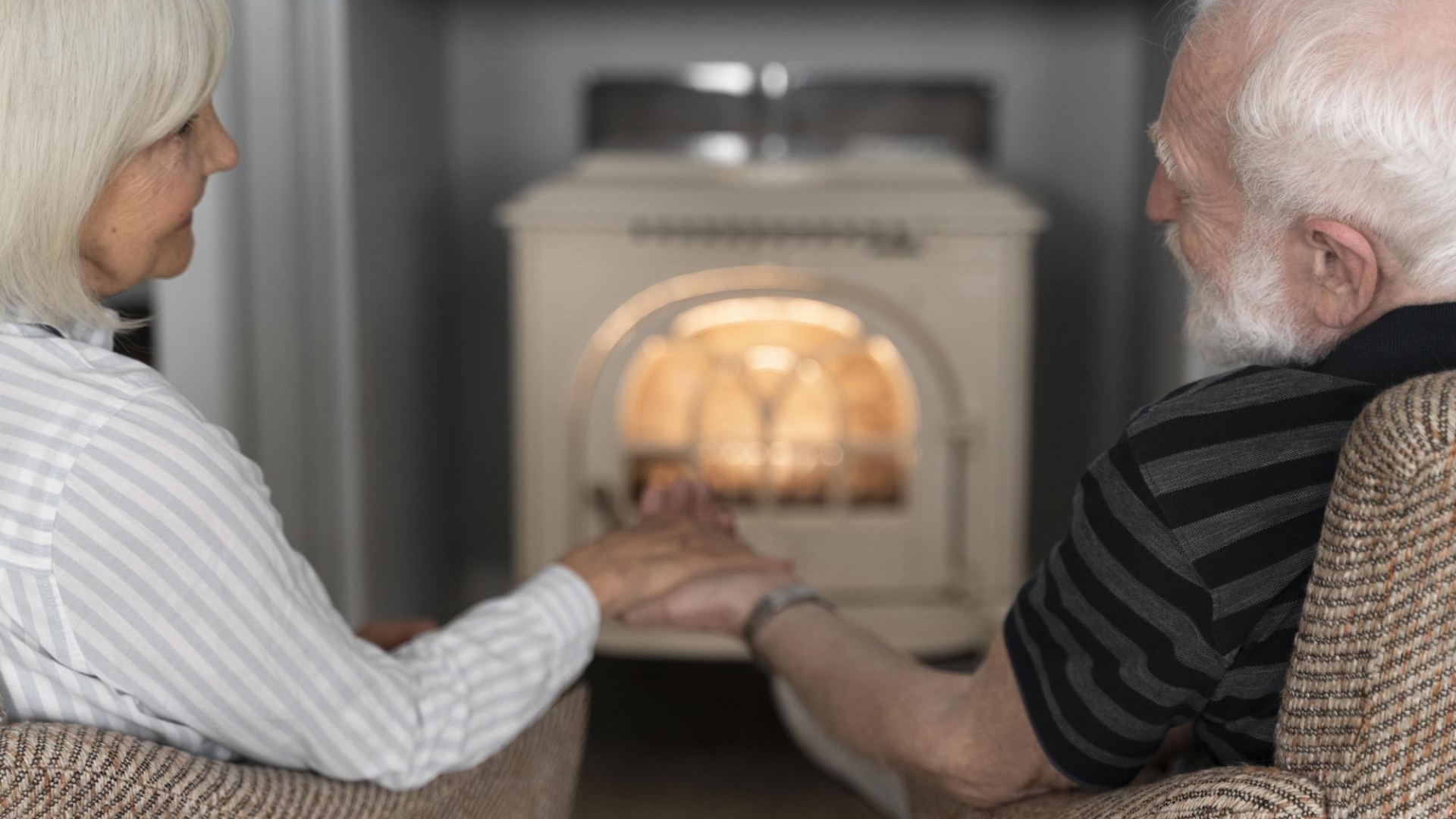UK Heating Allowance in 2024: What You Need to Know
As the UK braces for another challenging winter, the government has proposed changes to the heating allowance that could significantly impact how millions of households manage their energy bills. The heating allowance, a lifeline for many during the colder months, is under review to better align with the current economic environment, where energy prices and the cost of living remain pressing concerns.
What is the Heating Allowance?
The heating allowance, officially known as the Winter Fuel Payment, is a tax-free payment provided by the UK government to help older people cover their heating costs during the winter months. For years, it has been a vital support mechanism for pensioners, helping them stay warm without the worry of unaffordable energy bills. Currently, eligible recipients receive between £100 and £300, depending on their age and personal circumstances.
However, with energy prices remaining high and inflation continuing to squeeze household budgets, the government has recognized the need to update and potentially reform the system to ensure it is both fair and effective.
Key Proposed Changes in 2024
- Introduction of Income-Based Criteria: One of the most significant proposed changes in 2024 is the shift from a universal benefit to one that is income-based. Under the current system, all pensioners over a certain age receive the payment, regardless of their financial situation. The government’s proposal aims to introduce income-based criteria, ensuring that the most financially vulnerable pensioners receive more substantial support, while those with higher incomes may receive less or no payment at all. This change is designed to target resources more effectively, directing funds to those who need them most.
- Enhanced Support for Low-Income Households: The proposed changes include increased payments for low-income households, particularly those who are already receiving Pension Credit. This move is intended to provide additional financial support to the poorest pensioners, helping them cope with rising energy costs. The exact amount of the increased payments has yet to be determined, but the government has indicated that it will be a significant boost compared to the current levels.
- Expansion of Eligibility Criteria: In response to the broader impact of the cost of living crisis, the government is also considering expanding the eligibility criteria for the heating allowance. This expansion could include low-income families with young children, individuals with disabilities, and those with chronic health conditions that make them more vulnerable to the cold. By broadening the scope of who can receive the allowance, the government aims to provide relief to a wider range of people affected by fuel poverty.
- Linking Payments to Energy Prices: Another proposed change is to link the heating allowance to energy prices, allowing payments to increase automatically in response to rising fuel costs. This adjustment would help ensure that the allowance remains sufficient to cover the actual costs of heating a home, providing more responsive support during periods of high energy prices.
- Revising the Cold Weather Payment: Alongside changes to the Winter Fuel Payment, the government is also looking at revising the Cold Weather Payment, which provides extra help during exceptionally cold periods. The proposed revisions include lowering the temperature threshold at which the payment is triggered and increasing the amount paid. These changes would make the Cold Weather Payment more accessible and provide better coverage during cold spells.
Public Reaction and Implications
The proposed changes have sparked a mix of reactions from the public, policymakers, and advocacy groups. Many see the reforms as a necessary update to an outdated system, particularly in light of the ongoing cost of living crisis. By targeting the heating allowance more precisely, the government aims to provide better support to those most in need, potentially reducing fuel poverty across the country.
However, there are concerns about the complexity of implementing these changes. Critics argue that introducing income-based criteria could lead to administrative challenges and may risk some pensioners missing out on the support they need. There are also worries about the potential stigma associated with means-tested benefits, which could deter eligible individuals from applying.
Moreover, the success of linking the payment to energy prices will depend on the accuracy and timeliness of the adjustments. If not managed properly, there could be delays or discrepancies that leave vulnerable households struggling to keep up with rising costs.
Conclusion: Navigating the Future of the Heating Allowance
The proposed changes to the UK heating allowance in 2024 reflect a broader shift in how the government approaches social welfare in an era of economic uncertainty. While the intention behind these reforms is to provide more targeted and effective support, the practicalities of implementation will be crucial to their success.
As the winter months approach, millions of households will be watching closely to see how these proposals are finalized and rolled out. The outcome will not only affect pensioners but could also set the tone for how the government addresses other aspects of the cost of living crisis in the future.
For now, the focus remains on ensuring that no one is left out in the cold, and that the heating allowance continues to serve as a critical tool in the fight against fuel poverty.

